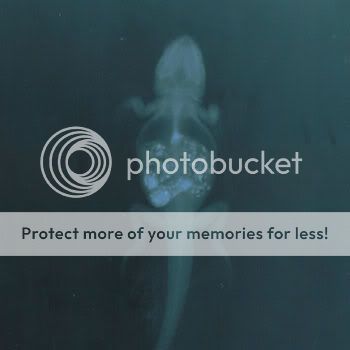SaiyanFury
New Member
Hi all I have a question to pose. First I just want to say that I'm using a calcium sand substrate and it works great, except for a few problems I have. I'm using Zoo Med Vita-sand, FYI.
Here's a link showing what I use:
ZooMed Vita-sand
1: It gets all over my beardies and is hard to rinse off.
2. When my female beardie becomes gravid, which seems to be about 80% of the time she starts digging in the sand looking for the best place to bury her eggs. While that's all fine and dandy, the dust she kicks up gets all over everything. It gets sucked into the air conditioner, into mine and my wife's PCs, everything. Can someone recommend a granular substrate that doesn't have lots of dust in it that beardies wouldn't get impacted on? Maybe I'm shooting for something impossible, but I'd like to hear opinions. Oh FYI in our house as it is, it's impossible to move our furniture including my beardie enclosure to another part of the house. Thanks for your opinions in advance!
Here's a link showing what I use:
ZooMed Vita-sand
1: It gets all over my beardies and is hard to rinse off.
2. When my female beardie becomes gravid, which seems to be about 80% of the time she starts digging in the sand looking for the best place to bury her eggs. While that's all fine and dandy, the dust she kicks up gets all over everything. It gets sucked into the air conditioner, into mine and my wife's PCs, everything. Can someone recommend a granular substrate that doesn't have lots of dust in it that beardies wouldn't get impacted on? Maybe I'm shooting for something impossible, but I'd like to hear opinions. Oh FYI in our house as it is, it's impossible to move our furniture including my beardie enclosure to another part of the house. Thanks for your opinions in advance!



